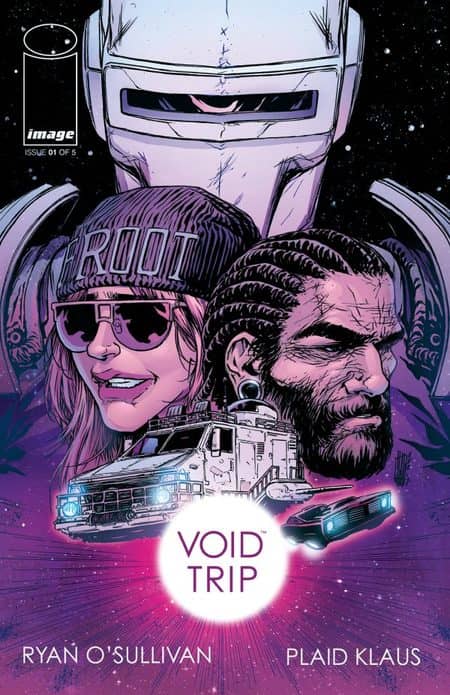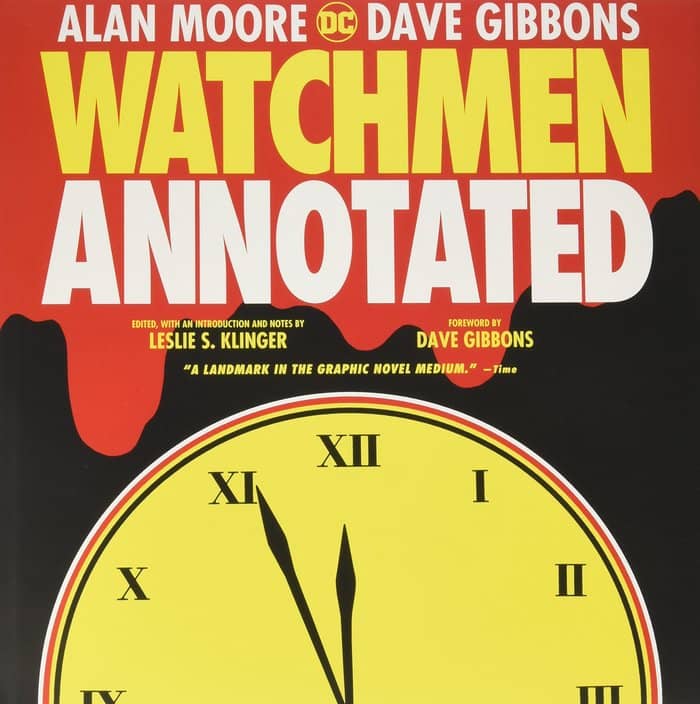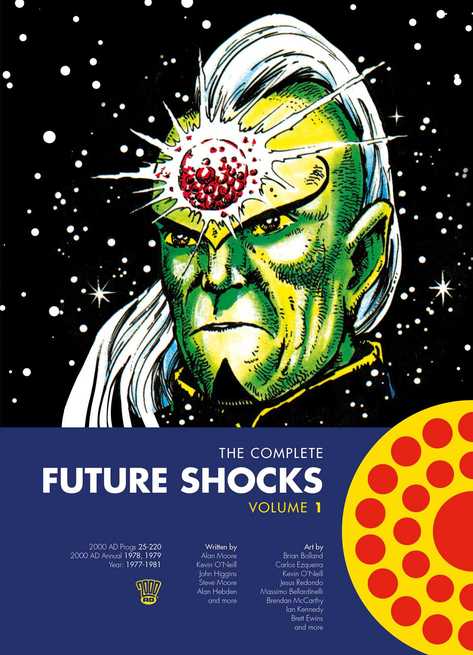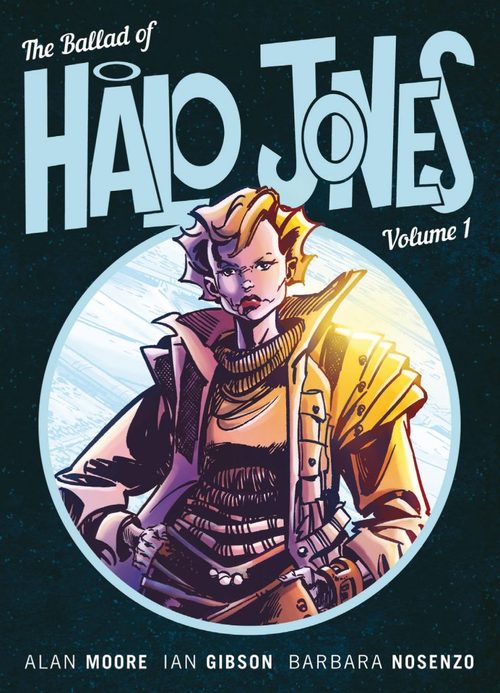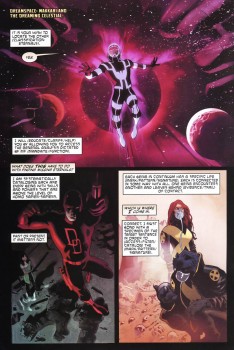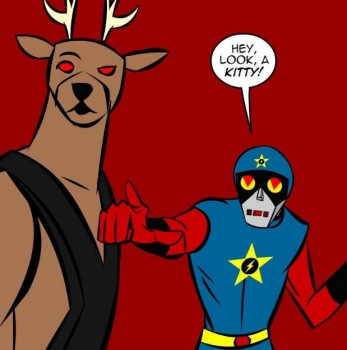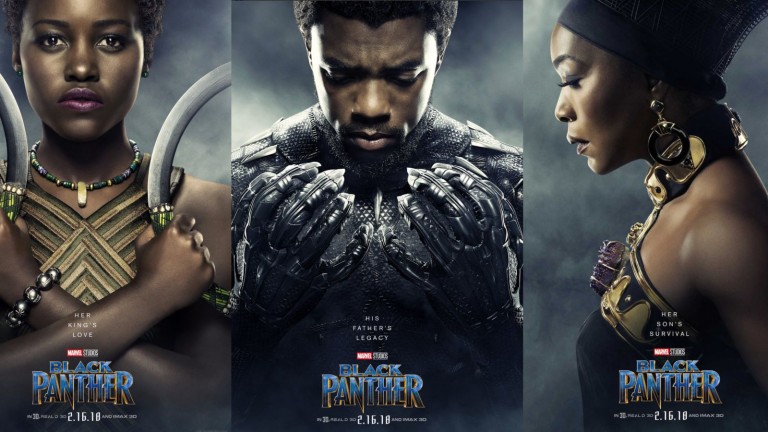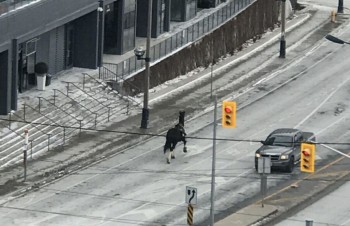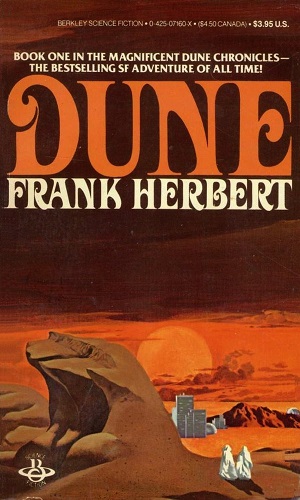A Fresh Look at X-Men Continuity: Ed Piskor’s Grand Design
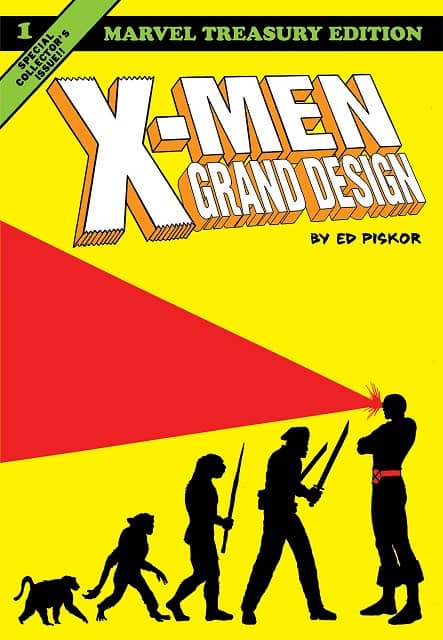 |
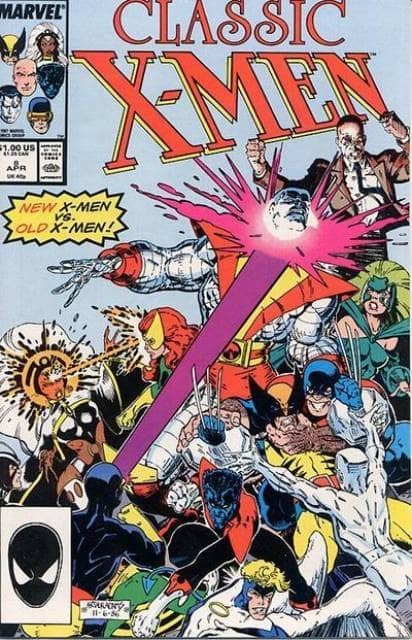 |
When I started collecting X-Men comics in 1981, there was one universe. There had never been a Marvel reboot, and DC had only had one — the 1956-1958 transition from the Golden Age to the Silver Age. By the time I left comics in the early 1990s, DC had brought us through the second major reboot in history, the classic and brilliant Crisis on Infinite Earths.
However, Marvel still hadn’t really messed up its continuity, although the reprint title X-Men Classics was retconning a number of elements into the early Claremont-Cockrum-Byrne stories.
By the time I came back to comics almost 15 years later, I was bewildered by the X-Men and didn’t know where to pick up. The Age of Apocalypse had happened in an alternate universe as far as I could tell, and while the Onslaught event had apparently killed everyone, they were somehow back in time for there to be not just a few dozen or a few hundred mutants, but over a million.
